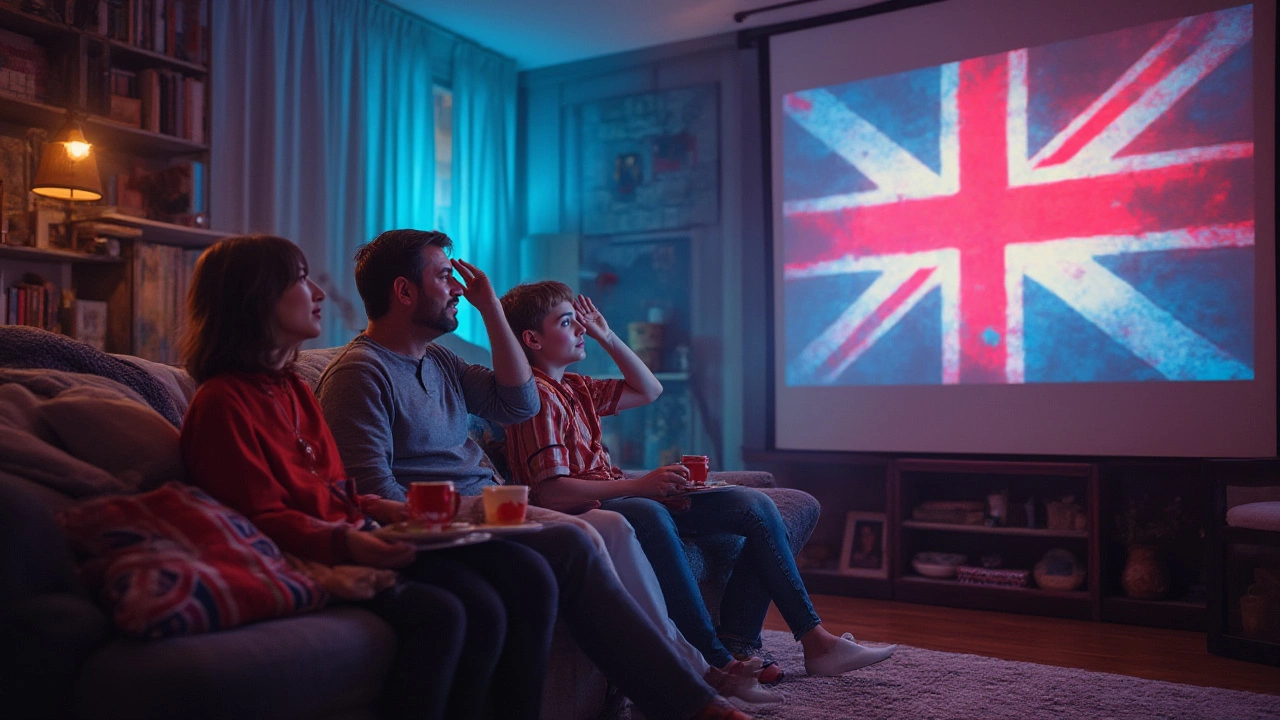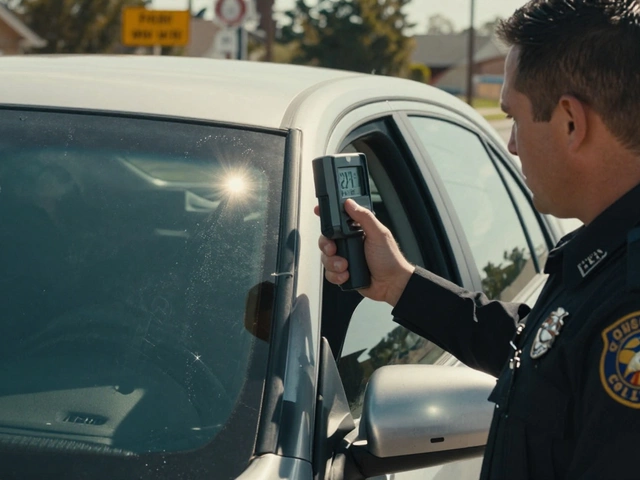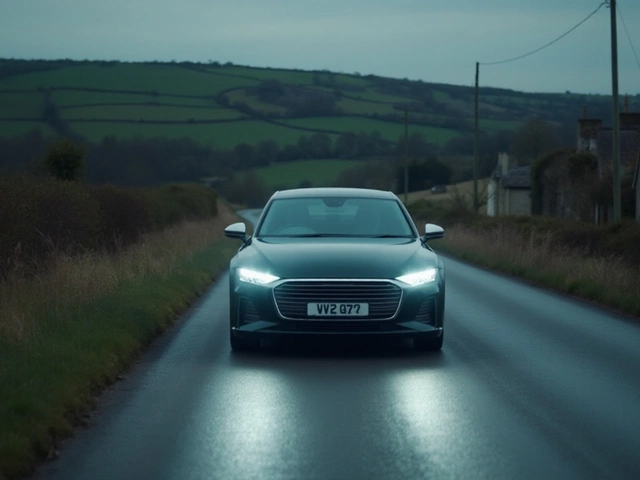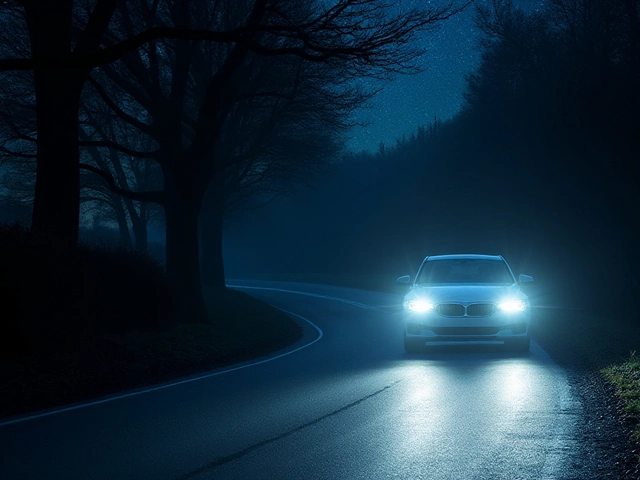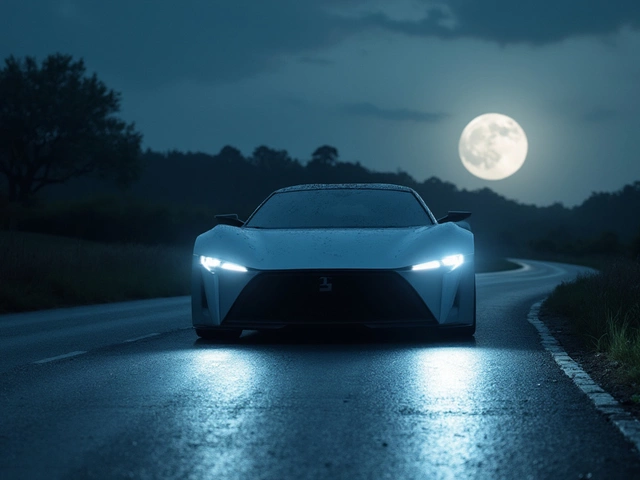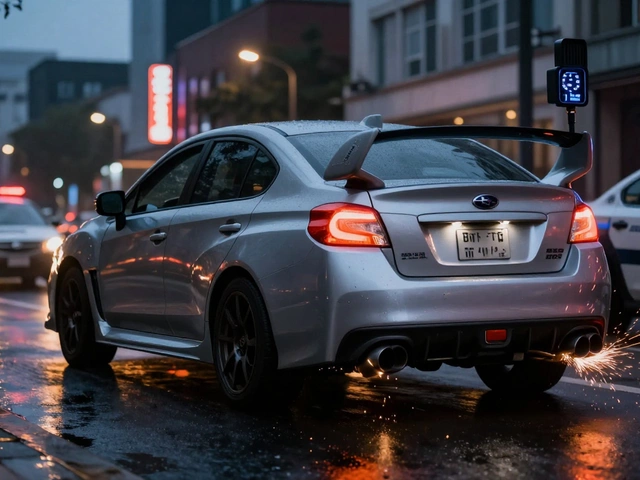Picture this: you flick on your brand new projector for movie night, expecting Hollywood magic, but suddenly your living room feels like a spaceship landing zone. 20,000 lumens—the number sounds futuristic, right? But does high lumen count really mean better, or can it go too far? This isn't just about home theaters. We're talking about stadium lighting, massive event halls, and commercial spaces that demand intensity. And with so much tech promising 'brighter is better,' it's fair to ask—does anyone really need that much light, or is it just overkill?
What Are Lumens and Why Do They Matter?
Let's keep it simple. A lumen measures brightness. Think of it as how much light your device, bulb, or projector throws out. Back in the day, people talked about watts, but that really shows how much energy something used. Now, lumens tell you the brightness story. If you’ve ever compared an old 60-watt bulb to a new LED one, you’ve seen the difference—one might use a fraction of the electricity but actually shine brighter than its clunky ancestor.
The thing with lumens is context. A flashlight for camping? Maybe 300 lumens is plenty. Your bedside lamp might give you 450 lumens—enough to read but not sear your retinas when you’re trying to drift off. An office space often sits in the range of 5,000-7,000 lumens spread out across the room. So, when we jump to 20,000, we’re not talking about, "I need to see my keyboard." We’re in a different league.
Here's a handy comparison table so you can get your bearings:
| Device/Use Case | Recommended Lumens |
|---|---|
| Reading Lamp | 450-800 |
| Standard Home Bulb | 800-1,500 |
| Home Theater Projector (Dark Room) | 1,500-2,500 |
| Classroom Projector | 3,000-4,000 |
| Conference Room Projector | 4,000-6,000 |
| Stadium Light | 20,000+ |
| Industrial Outdoor Flood Light | 15,000-40,000 |
For a projector, your room’s ambient lighting matters a lot. The more light in your space, the more power you need. A 1,500 lumen projector might look great in total darkness, but in a sunlit Brisbane living room like mine, you’ll want a lot more. Jumping up to 20,000 lumens though—that's like opening the sun’s front door.
People sometimes mistake 'brighter' for 'better,' especially if they're new to building home theaters. But too many lumens can actually ruin your experience. Movies look flat, colours look washed out, and if you’re unlucky, you get glare so bad it’s like trying to relax with headlights pointed at your sofa. Been there, regretted that—Amelia will still roll her eyes at the time I 'just had to' test out a 16,000-lumen monster for our family movie night.
When Is 20,000 Lumens Actually Useful?
So, who buys a 20,000-lumen anything? It's not the average home user, that’s for sure. Stadiums, event organizers, churches with mega screens, and outdoor advertising companies are the usual suspects. Think Times Square billboards or music festivals where you need light to cut through not just distance but also smoke, haze, competing screens, and general chaos. In rainy or foggy conditions, you do want serious muscle behind your lights. Same goes if you're lighting up a car park the size of several soccer fields.
Events and venues with crowds of hundreds—or thousands—rely on strong light to keep things safe and easy to see. Think about concerts: blinding stage lights let the band stand out even if the glare bounces off a crowd of umbrellas in the mud. In outdoor cinema or drive-in scenarios, 20,000 lumens let you project crisp images onto massive screens visible from the back row.
You’ll even see these high numbers in industrial and emergency lighting. Firefighters sometimes use short bursts of extreme brightness, and search & rescue teams want to light up large areas fast. But for home or office? That’s like trying to toast bread with a forest fire. It’s not just unnecessary, it can be actively uncomfortable—or even dangerous for your eyes.
One cool stat: a standard midday sunlight measures about 100,000 lumens per square meter. Projectors or lights rated at 20,000 lumens don’t actually compete with sunlight—partly due to the angles, distance, and spread. But if you walk past a construction site at night and see what looks like a small sun lighting the entire block, that might just be one or two high-output LED flood lights blasting away up to 40,000 lumens between them. There's a reason anyone working underneath usually rocks heavy-duty sunglasses or visors.
There's a trend where some hobbyists or sports enthusiasts buy massive projectors for backyard movies or cricket replays. If your wall is thirty feet wide and you're throwing an outdoor party that doubles as a light show, well, you'll probably get away with using that much juice. Just warn the neighbours before you create your own mini daybreak at 8PM.
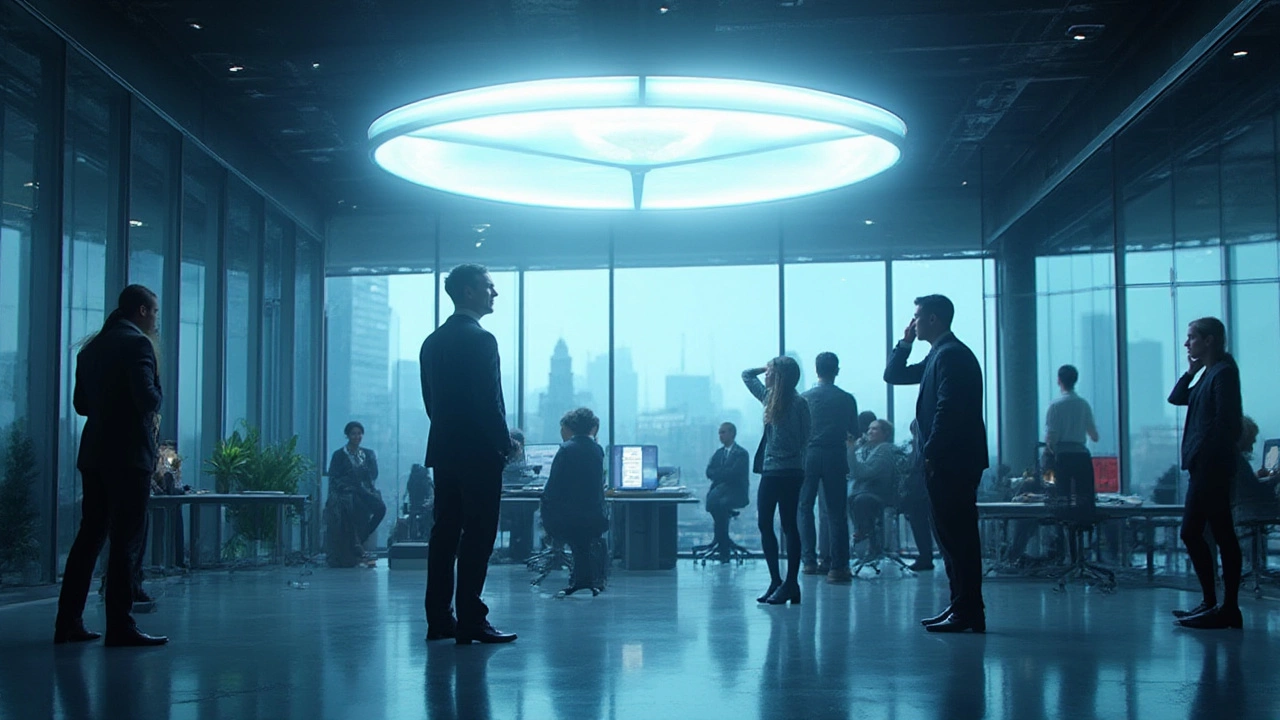
Risks, Downsides, and Safety of Ultra-Bright Lights
It sounds thrilling—a light so powerful it could double as a beacon. But the problems are real. Eye safety comes first, especially with kids or pets roaming around. The World Health Organization warns about photokeratitis—sort of like a sunburn for your eyes—when exposed to extreme brightness without protection. Directly looking into a 20,000-lumen beam? That’s a ticket to a nasty headache, at best.
Projectors this powerful need tons of cooling, heavy-duty wiring, and at least some distance if you don’t want to risk fire hazards. The hardware gets big, loud, and sometimes awkward to fit anywhere normal. Then, there’s the cost: bulbs or modules that can push this much light rarely come cheap. Maintenance—the fans, the lenses, the filters—all become much bigger headaches than that $100 bedside lamp with a three-year warranty.
Let’s not skip the heat factor. Big lights churn out heat, which in a Brisbane summer is the last thing you want. We once popped open a commercial-grade projector after a local community event, and you could honestly have used the housing to fry an egg. If your cooling isn’t spot on, these beasts will overheat—or even fail outright. Not exactly the relaxing atmosphere you want at home.
Another huge problem is glare. High-brightness projectors and lights bounce off glossy or light-coloured surfaces and make images look faded or ghostly. The picture quality actually drops the higher you go past balanced lumens in most typical viewing setups. Museums, conference centers, and hotels rent these for one-off events, not because the image is beautiful, but because they need raw punch. For comfort? No, thanks.
Light pollution's another problem in some areas, especially if you have close neighbours. Ever had someone across the street with a security floodlight aimed at your window all night? Imagine that times fifty. Local councils in Australia, and even in Brisbane, impose rules on excessive outdoor lighting for exactly this reason. Nobody wants to lose sleep—or wildlife—because someone else wanted to turn their carport into a cricket pitch.
Then there’s the annoyance factor for everyone else in your home. Kids can't settle, your friends squint through the movie, and Amelia will gently (or not-so-gently) remind you that comfort wins out over pure wattage every single time.
Tips for Using Super-Bright Lights and Projectors the Right Way
So, how do you actually use 20,000 lumens wisely? First, figure out if you need anywhere near that number. For most home use, sticking to 2,000-4,000 lumens will give you crisp, vibrant colours without nuking your eyeballs. If you must go high-brightness—maybe you’re running an outdoor event or turning your backyard into a football stadium—spread out the light and angle your gear so it doesn’t hit anyone directly.
- Always position your projector or lamp at proper height and distance. Projecting from too close concentrates brightness, which isn’t just annoying; it’s dangerous.
- If you’re running a business or venue, post visible warnings and hand out sunglasses or protective goggles during setup or soundcheck. No joke.
- Make sure your surfaces are up for the challenge. Projecting onto white or matte screens helps diffuse the output, while glossy or glassy surfaces will send stray beams everywhere.
- Timers and dimmers are your friends. If you’re running a flood light or commercial application, set up automatic shut-offs so you don’t blind nocturnal wildlife—or your neighbours.
- Regularly check and clean your equipment. High-brightness setups accumulate dust and overheat way faster than you think. Cleaning filters, checking vents, and rotating bulbs keeps things running smooth.
- For projectors, ambient light is everything. Try blackout curtains, avoid pointing bulbs at mirrors or glass, and use matte wall paint if you want to get cinematic without interference.
It's always smart to consult your local electrician for big upgrades. Don't DIY a 20,000-lumen floodlight unless you know your way around Aussie wiring codes. There are strict limits—both for your safety and for neighbours’ comfort.
Last tip: try before you buy. If you’re eyeing a major upgrade, see if you can demo the light or projector in a setting like your own. I once borrowed a 10,000-lumen unit from a rental shop just to test out backyard movies. Even at half brightness, it was like daylight. Amelia’s verdict? “Dial it back, Logan!” Lesson learned, and the films look way better now that everyone’s pupils aren’t the size of pinheads.
Brightness is awesome—but in doses. If you're not sure, always start lower and add more light only if you need it. It’s cheaper, comfier, and way less hassle in the end. And if you’re tempted by a 20,000-lumen promise, remember—unless you’re planning to illuminate a football match or a runway, there’s such a thing as too much light.

